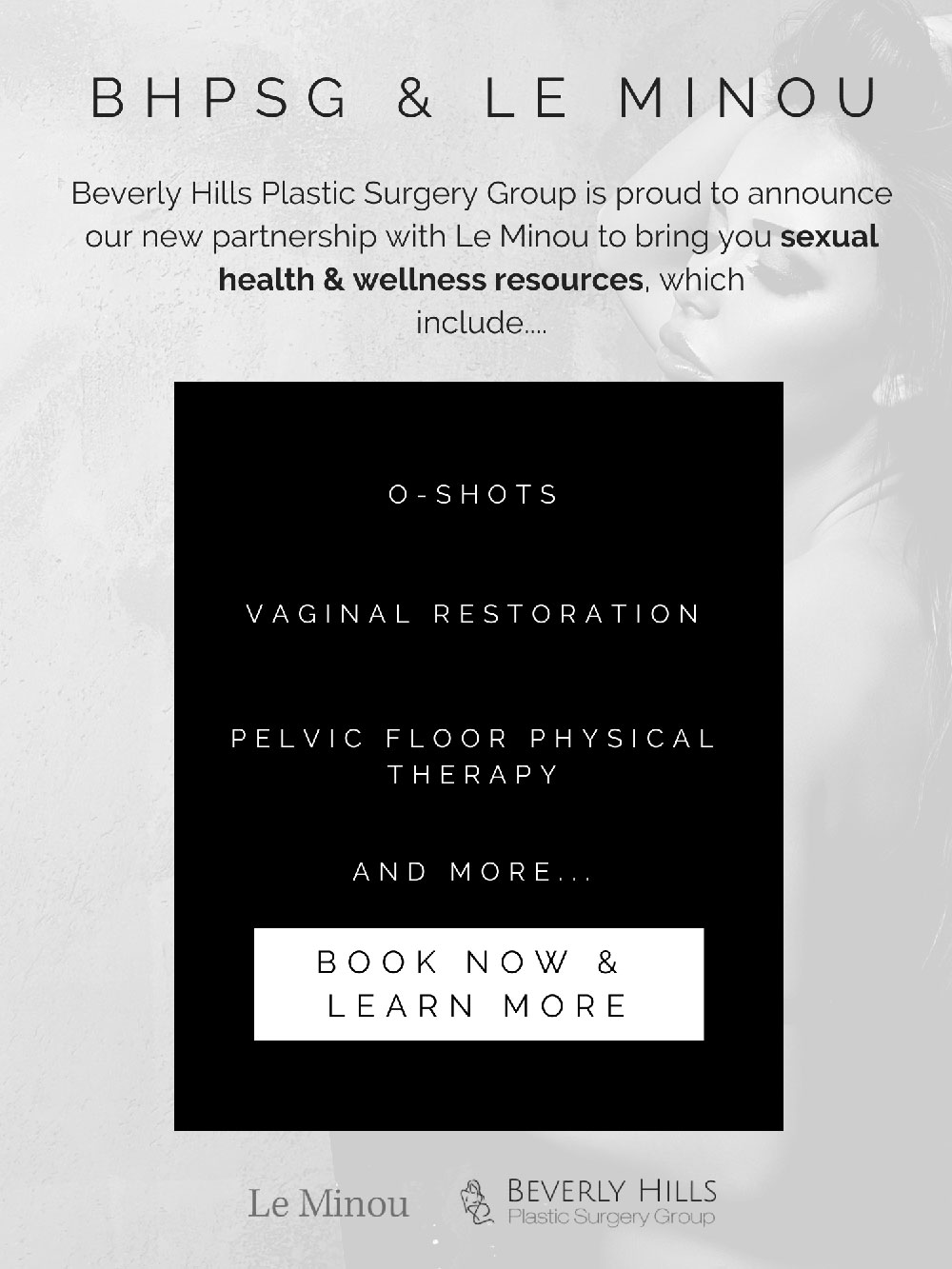The general risk factors for rhinoplasty will always include the following:
- Infection
- Bleeding
- Asymmetry
- Contour Irregularities
- Scarring
- Potential for Revision Surgery
In truth, infection, bleeding, and scarring are rare; the most important risk that a potential patient should be concerned with is the need for revision rhinoplasty. In experienced hands, this still can occur in 5–10% of patients, who will require some sort of minor or major revision. In inexperienced hands (those who perform less than 50–100 rhinoplasties/year), this revision rate can be significantly higher.
There is a delicate balance between aesthetics and function, and the surgery is much more complex than most plastic surgeons comprehend, let alone execute.
If you are considering rhinoplasty, there are several things you should consider:
- Consult with 2–3 Board-Certified plastic surgeons experienced in rhinoplasty.
- Make sure they listen to your complaints, thoroughly examine the outside and inside of your nose, create a 3D simulation (or any simulation) to ensure you are “on the same page” prior to surgery, and that their aesthetic truly matches your wishes.
- Look at their “before and after” photos at different stages throughout the healing process. This will help you plan for expectations and swelling.
- I will emphasize the simulation again, which can show you what your nose COULD look like after surgery. This cements the ideal in both of your minds. What a surgeon doesn’t want to find out after surgery is what he/she thought was a perfect nose isn’t what you think is a perfect nose.
Follow these simple recommendations and you will lower the chance for revisional surgery. There are always things that are outside of the surgeon’s control (i.e. initial structure of the nose, thick nasal tip skin, cleft deformities, etc), but these limitations will be discussed at the initial consultation.


